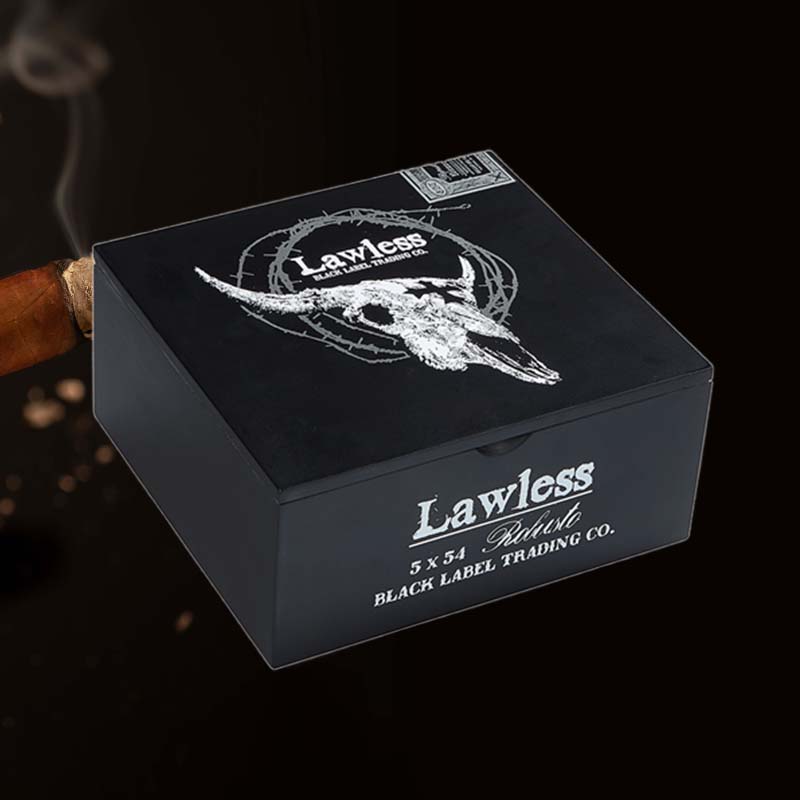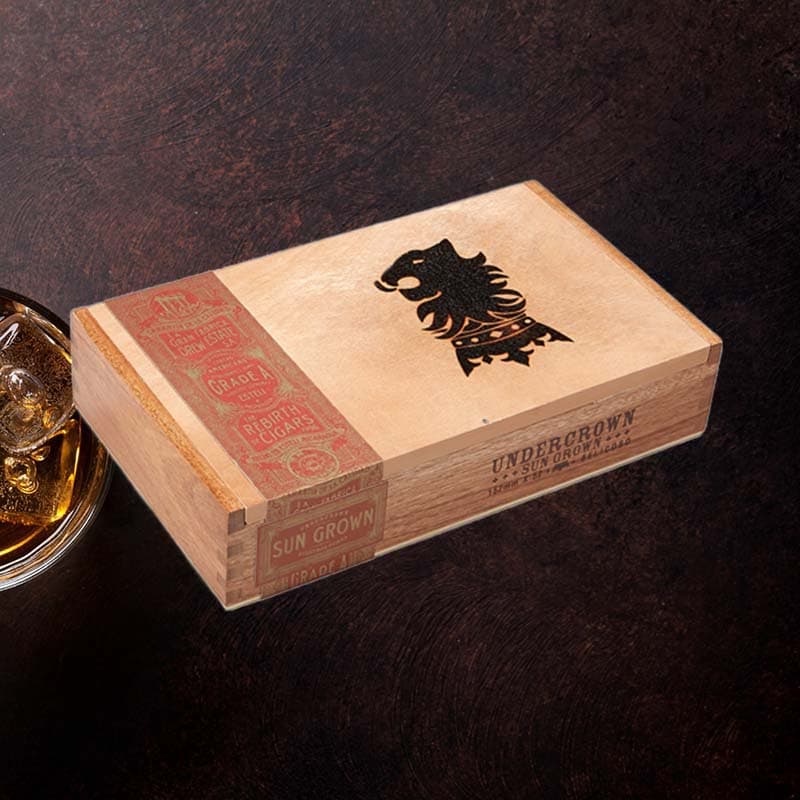How to refill firebird torch lighter
As a passionate cigar enthusiast, there’s nothing worse than reaching for my trusty Firebird torch lighter only to find it empty. The anxiety it brings—especially when I’m ready to enjoy a finely rolled cigar under the stars—is something I’m sure many of you can relate to. Fear not! Refilling your Firebird torch lighter is not only easy but can also be done at home in a few simple steps. Here’s how I do it, and you can too!
Step-by-Step Refilling Instructions
Refilling my Firebird torch lighter is always a straightforward affair. Here’s my go-to method:
- First, ensure that your lighter is completely empty by using it until it runs out.
- Next, flip the lighter upside down.
- Align the nozzle of your butane canister with the filler valve on the lighter.
- Press down firmly for about 3-5 seconds to allow the butane to flow into the tank.
- Let the lighter sit for about 2-3 minutes.
Use High-Quality Butane
One thing I’ve learned from my experiences is the importance of using high-quality butane. Not only does this ensure a clean and stable flame, but it also protects the integrity of my lighter. Here’s why quality matters:
- Low-grade butane can contain impurities that clog the jets.
- Quality butane provides a consistent ignition.
- Using reputable butane can increase the lifespan of your lighter.
Why Butane Quality Matters
I’ve had my share of cheap butane and the frustration that came with it. Using low-quality butane resulted in uneven flames that ruined my smoking experience. I learned that paying a little extra for premium butane not only enhances the performance of my lighter but also saves me from frequent repairs or replacements down the line.
Bleed the Tank Before Refilling
Before refilling your Firebird torch lighter, I always make sure to bleed the tank. This step is crucial for ensuring proper functioning.
How to Properly Bleed the Tank
Here’s how I do it:
- Locate the bleed valve, usually a small pinhole near the refill valve.
- Using a small screwdriver or paperclip, gently press into the bleed valve until you hear a hissing sound, indicating the release of air.
- Keep the lighter upside down and allow any remaining gas to escape.
Wait for Your Lighter to Warm Up After Refilling
After a replenishing session, I always wait a few minutes before using my lighter. This waiting period is essential.
Importance of Warming Up Your Lighter
When I skip this step, I often find the flame to be temperamental. It’s as if the butane needs to adjust to its new surroundings in the tank! Waiting allows the butane to reach optimal operating conditions, ensuring a smooth lighting experience.
Check the Flame
Once I’m ready to light up, I make sure to check the flame height.
Adjusting the Flame Height
To adjust this, I simply turn the flame adjustment screw, usually located at the base. I prefer a flame that’s tall enough to light my cigar quickly but not so high that it risks burning my fingers!
Check the Flint
Another step I can’t overlook is checking the flint.
When to Replace the Flint
If my lighter isn’t igniting consistently, it might be time to replace the flint. I always keep a spare or two on hand for those unexpected moments.
Check for a Hissing Sound
Sometimes I hear a hissing sound when I attempt to light my lighter, which can be concerning.
Troubleshooting Hissing Sounds
This usually indicates an issue, possibly an improper seal. If I notice this, I gently re-bleed the lighter and try again, ensuring everything is secure before refilling.
Clean the Jets
Maintaining clean jets is essential for reliable lighting!
How to Clean the Jets Effectively
To clean the jets, I use a small brush or compressed air. Regular cleaning prevents buildup and ensures a steady flame every time I reach for my Firebird lighter.
How To Ignite the Flame
Igniting the flame should be effortless, but sometimes issues arise.
Common Ignition Issues and Solutions
If my lighter refuses to ignite, I check the fluid level and confirm it has been properly refilled. Adjusting the flame height often does the trick!
Frequently Asked Questions About Firebird Lighters
There are also a few common questions that many have about using Firebird lighters.
Common Issues and Resolutions
When a friend asks, “Why won’t my lighter work?” I tell them to check for proper butane levels and for any blockages in the jets that may need cleaning.
Tips for Maintaining Your Firebird Torch Lighter
Regular maintenance can significantly extend the lifespan of my lighter.
Best Practices for Longevity
I always store my lighter in a cool, dry place and clean the jets weekly to keep it functioning beautifully. Making sure to use high-quality butane also helps!
What to Do If Your Lighter Doesn’t Work
If my lighter doesn’t work even after refilling, I follow a few steps to troubleshoot.
Troubleshooting Non-Functioning Lighters
First, I check the fuel level, then ensure the jets are clean. If it still doesn’t work, I explore replacing the flint or consult the user manual for specific issues.
Safety Precautions When Refilling Lighters
Safety is paramount when dealing with flammable materials.
Staying Safe While Using Flammable Materials
I always refill my lighter in a well-ventilated area, away from open flames or heat sources. Wearing gloves can also protect against butane spills, making the process safer.
Additional Resources for Cigar Enthusiasts
For more information regarding lighters and cigar accessories, I usually turn to a few trusted online sources.
Where to Find More Information
Several cigar forums and dedicated websites offer excellent advice on lighters, humidity management, and even reviews of the latest products.
FAQ
How do I refill my Firebird lighter?
Simply use a butane canister, align it with the refill valve, and press down for a few seconds after ensuring the tank is empty.
How do I refill my torch lighter?
The process is similar: ensure it’s empty, then align the butane canister and fill it through the refill valve.
How do you refill a torch canister?
Remove the cap, press the canister nozzle against the refill port, and ignite carefully after ensuring it’s filled.
How do you bleed air out of a torch lighter?
Use a small tool to press the bleed valve for a few seconds to release the trapped air.















